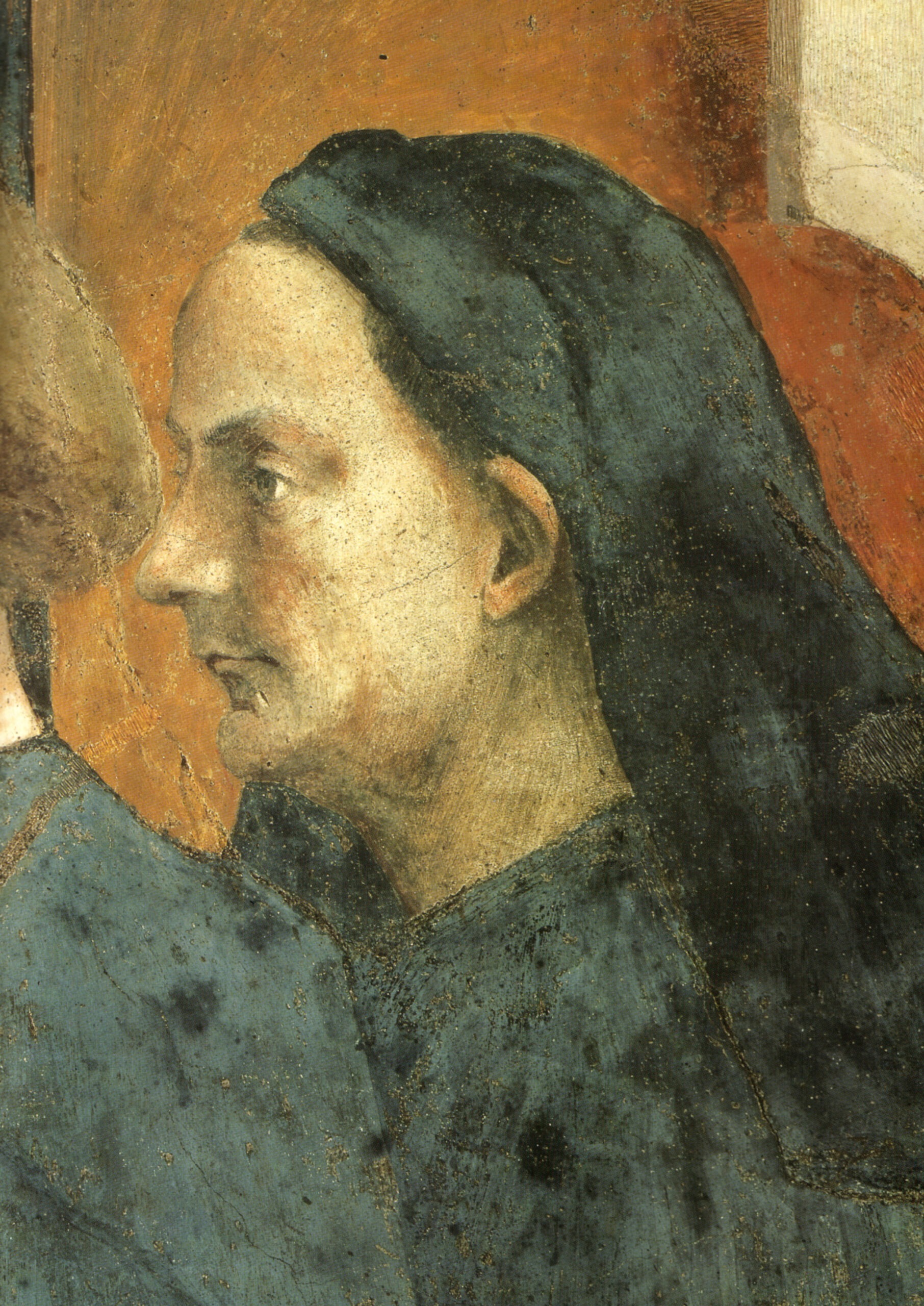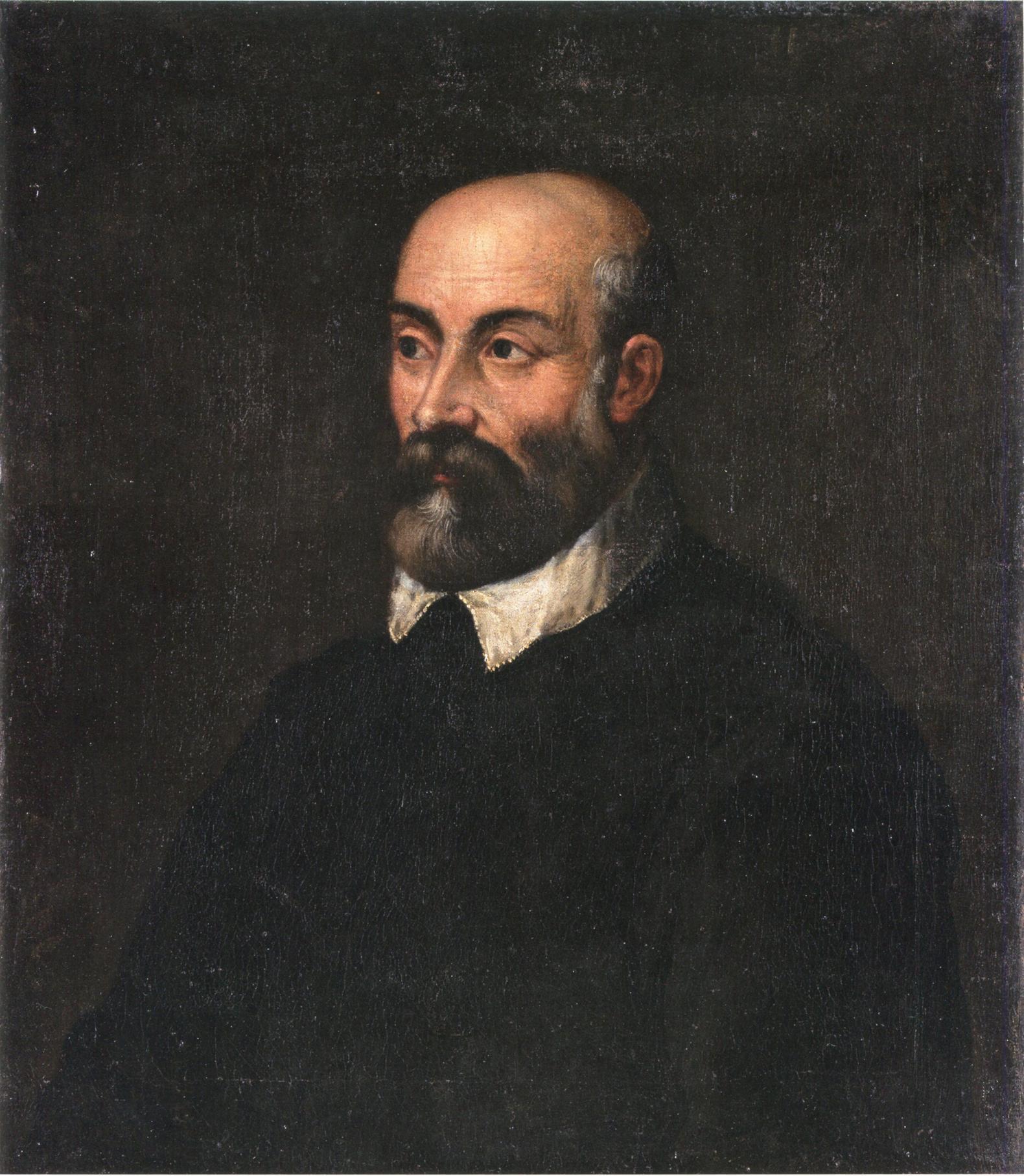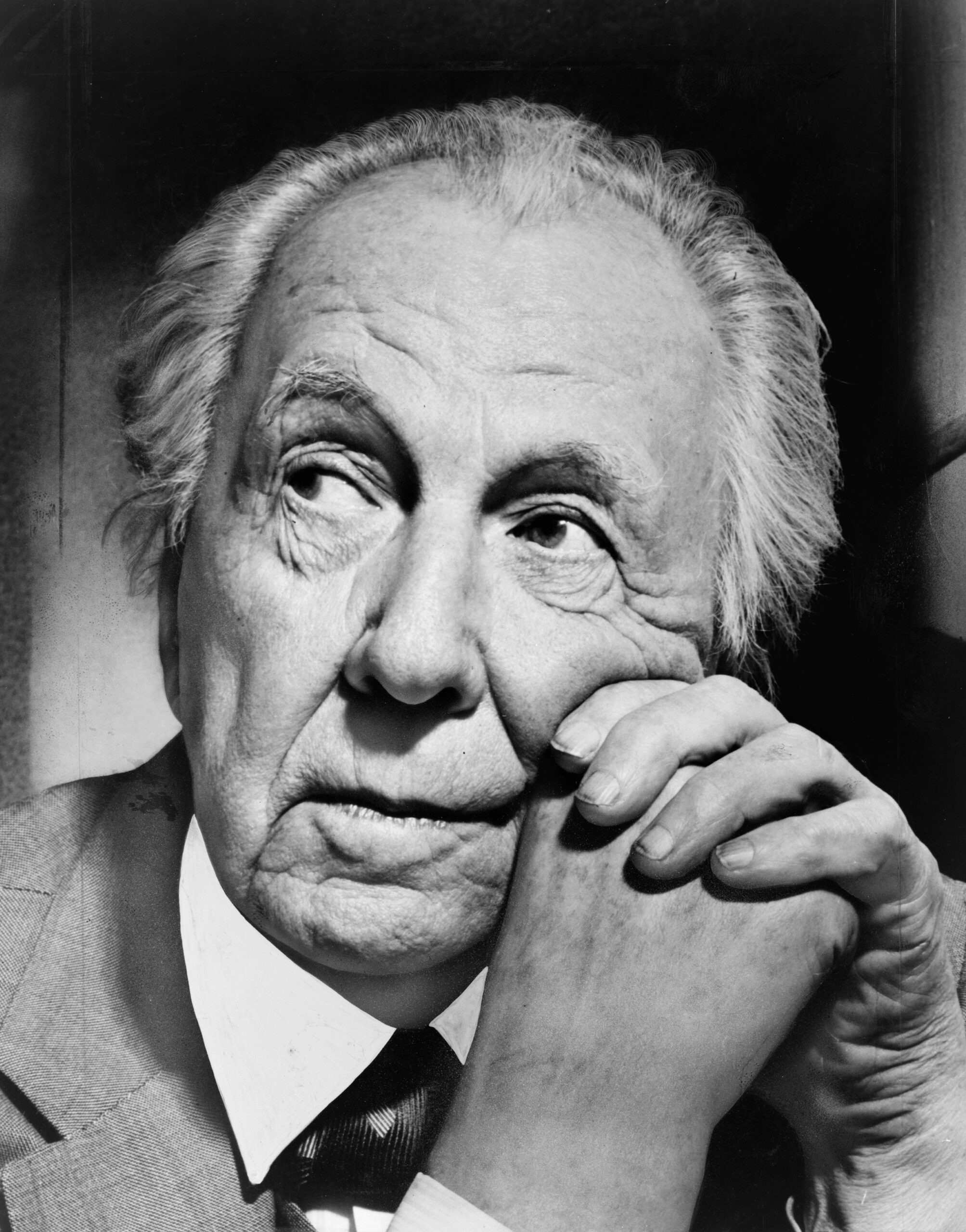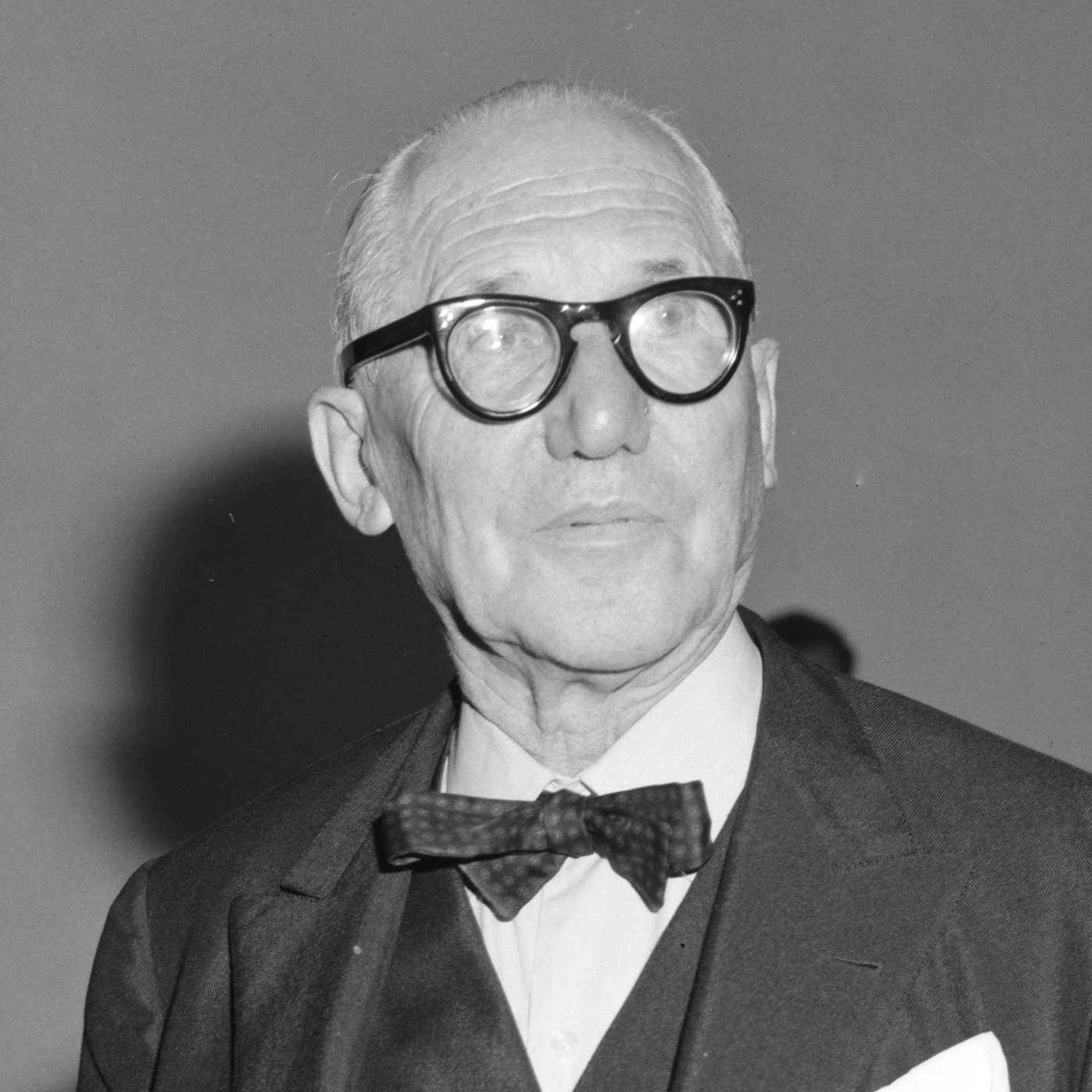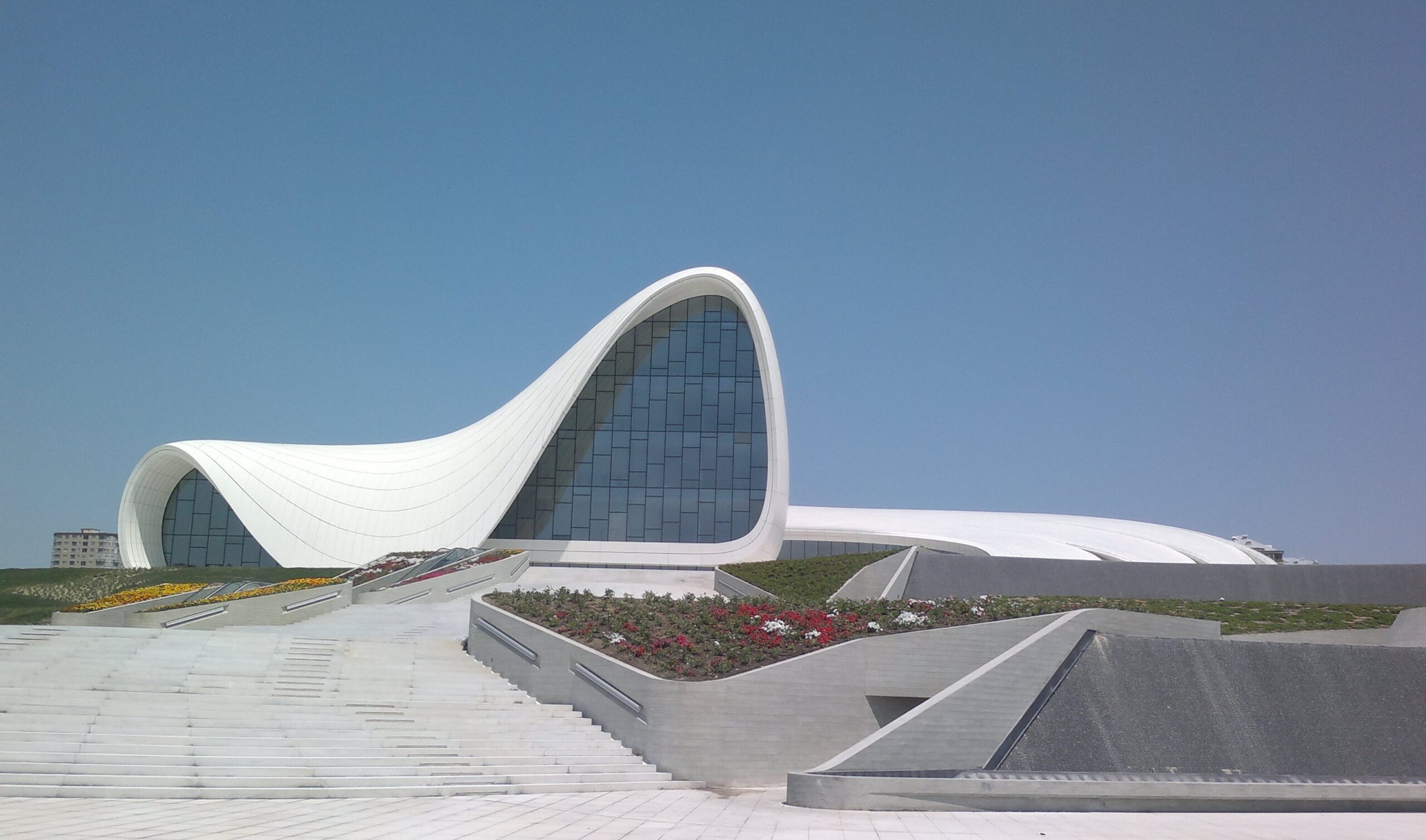The world of architecture is replete with illustrious names whose creations have not only transformed skylines but also the very way we think about space and form. From the ancient masterminds who envisioned the pyramids of Egypt to the modern mavens pushing the boundaries of design and sustainability, architects have long played a pivotal role in shaping human civilization. This article aims to shine a light on some of these extraordinary talents, exploring their lives, inspirations, and enduring legacies.
The Ancients and Their Lasting Impressions
1. Imhotep – The Pyramid Pioneer
Imhotep, often hailed as the Pyramid Pioneer, was a remarkable figure in ancient Egyptian history and is considered one of the earliest known architects, engineers, and physicians in recorded history. His life and work symbolize the fusion of art, science, and spirituality that characterized ancient Egyptian culture.
Background
Era: Imhotep lived during the 27th century BCE.
Position: He served under Pharaoh Djoser as the chancellor and high priest of the sun god Ra at Heliopolis.
Multifaceted Genius: Besides architecture, Imhotep was also known for his skills in medicine and as a sage.
Architectural Achievements
Step Pyramid at Saqqara: Imhotep’s most famous architectural achievement is the design and construction of the Step Pyramid at Saqqara, built for Pharaoh Djoser. It’s considered the world’s first monumental stone building and the earliest large-scale cut stone construction.
Complex of Djoser: The pyramid is part of a larger funerary complex, encompassing temples, courtyards, and shrines. This complex signifies the architectural innovation of the time.
Contributions and Legacy
Pioneering Stone Architecture: Prior to Imhotep, most Egyptian structures were made from perishable materials like wood and mudbrick. Imhotep’s use of stone was revolutionary and set a precedent for future Egyptian architecture.
Innovative Design: The step pyramid, with its unique stacked mastaba design, was a precursor to the smooth-sided pyramids that followed, like the famous pyramids at Giza.
Multidisciplinary Influence: His work influenced not just architecture but also medicine and Egyptian culture. Imhotep was later deified by Egyptians as the god of medicine and healing.
Posthumous Recognition
Deification: Imhotep’s legendary status in ancient Egypt grew over the centuries, and he was eventually worshipped as a god, a rare honor for a non-royal individual.
Continuing Influence: His name and legacy continue to be celebrated in modern times as an icon of architectural and scientific ingenuity.
Imhotep’s life and work stand as a testament to the ingenuity and creativity of ancient civilizations. His contributions to architecture – particularly his pioneering use of stone construction and the design of the Step Pyramid – had a lasting impact on not only Egyptian architecture but also on the development of architectural practices in subsequent civilizations.
2. Vitruvius – The Roman Scholar
Vitruvius, known as the Roman Scholar, was a significant figure in the realm of architecture, whose influence extends far beyond his own time. Living during the 1st century BCE, Vitruvius is best known for his comprehensive treatise on architecture, “De Architectura” (“On Architecture”), a work that has shaped architectural theory and practice for centuries.
Background
Era: Vitruvius lived during the late Roman Republic, a period marked by significant architectural developments and innovations.
Profession: He was an architect, engineer, and author, providing a rare combination of practical experience and theoretical knowledge.
“De Architectura”
Content: This treatise is a ten-volume work encompassing a wide range of subjects, from architecture and civil engineering to hydraulics and mechanics.
Approach: Vitruvius believed that an architect should have a well-rounded education and be knowledgeable in many disciplines, including history, philosophy, music, medicine, and law, among others.
Contributions to Architecture
Principles of Design: Vitruvius is famous for asserting that a structure must exhibit the three qualities of firmitas, utilitas, venustas – that is, it must be solid, useful, beautiful. These principles have become foundational in architectural theory.
Influence on Classical Architecture: His work is a primary source for understanding classical Roman architecture. He detailed the classical orders (Doric, Ionic, Corinthian) and their applications, proportions, and decorations, which became standards in classical and Renaissance architecture.
Architectural Engineering: Vitruvius also provided insights into building materials and construction techniques, which were essential for the engineering feats of the Roman Empire.
Impact on Renaissance Architecture: His treatise was rediscovered during the Renaissance and had a profound impact on Renaissance architects, like Leonardo da Vinci and Michelangelo. Vitruvius’s emphasis on proportion and harmony resonated deeply with Renaissance ideals.
Legacy in Modern Architecture: The principles outlined by Vitruvius continue to be taught in architectural schools worldwide, underlining his lasting influence on the field.
Posthumous Recognition
The Vitruvian Man: Leonardo da Vinci’s famous drawing, “The Vitruvian Man,” is based on the proportions of the human body as described by Vitruvius, symbolizing the blend of art, architecture, and human anatomy.
Enduring Influence: His philosophies and guidelines have transcended time, influencing architects over the course of millennia, making him a timeless figure in architectural discourse.
Vitruvius’s work represents a crucial link between the architectural practices of the ancient world and later developments in architectural theory and practice. His emphasis on a balanced combination of functionality, durability, and beauty in architecture remains relevant, underlining the timeless nature of his contributions to the field.
The Renaissance and Baroque Brilliance
3. Filippo Brunelleschi – The Renaissance Revolutionary
Filippo Brunelleschi, often hailed as The Renaissance Revolutionary, was an Italian architect and engineer who is widely considered one of the most pivotal figures in Western architecture. His work during the early 15th century marked the beginning of the Renaissance period in architecture, characterized by the revival of classical culture and a new emphasis on harmony, proportion, and symmetry.
Background
Era: Brunelleschi lived and worked during the early 15th century, a time of great cultural and intellectual awakening in Europe.
Profession: Initially trained as a goldsmith and sculptor, Brunelleschi later shifted his focus to architecture and engineering.
Notable Achievements
1. The Dome of Florence Cathedral (Santa Maria del Fiore):
Innovation: Brunelleschi’s most renowned achievement is the design and construction of the dome for the Florence Cathedral. This was one of the most formidable architectural challenges of the time.
Engineering Feat: The dome, completed in 1436, was the largest in the world at that time. Brunelleschi had to invent new machinery and methods for the construction, as traditional methods were inadequate for such a massive structure.
2. Linear Perspective:
Contribution to Art: Brunelleschi is credited with developing the principles of linear perspective, a technique that revolutionized both architecture and painting. This technique helped artists and architects depict three-dimensional space on a two-dimensional plane accurately.
3. Other Architectural Works:
Ospedale degli Innocenti: This building is considered one of the finest examples of early Renaissance architecture, noted for its harmony, clarity, and elegance.
Pazzi Chapel: Another of Brunelleschi’s notable works, the chapel is celebrated for its geometric proportion and the use of modular components.
Influence and Legacy
Father of Renaissance Architecture: Brunelleschi is often referred to as the father of Renaissance architecture. His use of geometric forms, columns, and classical proportions was revolutionary and became a model for future Renaissance buildings.
Teaching and Influence: His theories and constructions influenced a whole generation of architects, including Michelangelo and Leonardo da Vinci.
Architectural Principles: Brunelleschi’s focus on mathematical proportion, symmetry, and perspective introduced a new architectural language that departed from the Gothic style of the middle ages.
Filippo Brunelleschi’s contributions to architecture were not just in the buildings he created but also in the methods he developed and the principles he established. His innovations in constructing the dome of Florence Cathedral solved problems that had confounded architects and engineers for generations. Moreover, his development of linear perspective changed how space and form were perceived and represented. In many ways, Brunelleschi laid the foundational stones of modern architecture and design, making him a true revolutionary of the Renaissance era.
4. Andrea Palladio – The Symmetry Sage
Andrea Palladio, often revered as the Symmetry Sage, was an influential Italian architect of the 16th century. His work is celebrated for its symmetry, balance, and grace, principles that have had a profound and enduring impact on Western architecture. Palladio’s designs are rooted in a deep understanding of classical Roman architecture, yet they possess a distinctive clarity and simplicity that were innovative for his time.
Background
Era: Andrea Palladio lived during the High Renaissance, a period of great cultural flourishing in Europe.
Profession: Starting his career as a stonecutter, Palladio later studied Roman architecture, which heavily influenced his architectural style.
Notable Architectural Works
1. Villa Capra “La Rotonda:
Design: This villa is renowned for its symmetrical square plan with a central circular hall and four identical facades, each with a projecting portico.
Influence: La Rotonda has been one of the most influential designs in Western architecture, inspiring countless buildings across Europe and America.
2. The Basilica Palladiana in Vicenza:
Renovation: Palladio’s work on the Basilica Palladiana involved the addition of a new outer shell of loggias in the classical style to a pre-existing Gothic structure.
Signature Style: The use of the Palladian window, an architectural motif of a central arched section flanked by two lower rectangular sections, became a hallmark of his style.
3. Church of San Giorgio Maggiore in Venice:
Design: This church is a prime example of Palladio’s ecclesiastical architecture, noted for its classical facade and use of symmetry.
Palladianism
Palladio’s “I Quattro Libri dell’Architettura” (The Four Books of Architecture):
- This treatise, written by Palladio, outlines his architectural principles and includes detailed illustrations of his own work and reconstructions of Roman buildings.
- It became a foundational text for architects and greatly influenced the development of what came to be known as the Palladian style.
Palladian Style:
- Characterized by symmetry, classical forms, and a strict adherence to the proportions and values of ancient Roman architecture.
- The style became extremely popular in the 17th and 18th centuries, notably in England and later in the American colonies, where it profoundly influenced the development of neoclassical architecture.
Legacy
Influence Beyond Italy: Palladio’s architectural principles influenced many later architects, and his style became internationally renowned.
Enduring Impact: Palladio’s emphasis on harmony, proportion, and balance not only marked a high point in Renaissance architecture but also set a standard that continues to inform architectural practice.
Andrea Palladio’s work embodies the harmony and dignity of classical architecture while contributing significantly to its evolution. His designs and architectural philosophy, as articulated in his writings, have had a lasting influence on the architectural landscape, making him a true Symmetry Sage of the Renaissance. Explore more of renowned architecture designs. Visit The Timeless Elegance of Greek Columns in Ancient Temples
The Modern Masters
5. Frank Lloyd Wright – The Organic Architecture Proponent
Frank Lloyd Wright, celebrated as the Proponent of Organic Architecture, was an American architect whose innovative designs and philosophical approach to architecture profoundly influenced the 20th century and beyond. His philosophy of organic architecture sought to create structures that were in harmony with humanity and their environment, a revolutionary approach that redefined traditional concepts of design.
Background
Era: Wright’s career spanned over seven decades, from the late 19th century into the mid-20th century.
Profession: He was not only an architect but also an interior designer, writer, and educator.
Philosophy of Organic Architecture
Integration with Nature: Wright believed in designing structures that were in harmony with the environment. He often used natural materials and designed buildings to complement their surroundings.
Unity in Design: His designs integrated every aspect of the buildings, including the interior layout, furniture, and even decorative elements, to create a unified and cohesive whole.
Notable Architectural Works
1. Fallingwater (1935):
- Located in Pennsylvania, this house is one of Wright’s most famous works. It dramatically cantilevers over a waterfall, blending seamlessly with the surrounding landscape.
- Fallingwater exemplifies Wright’s philosophy of creating structures that are both of and in their environment.
2. The Guggenheim Museum (1959) in New York:
- Known for its unique spiral design, this museum deviated from conventional museum layouts and provided a continuous ramp for viewing artworks.
- The building itself is considered as much a work of art as the collections it houses.
3. Robie House (1909):
- Located in Chicago, the Robie House is a quintessential example of the Prairie School architectural style, characterized by horizontal lines, flat or hipped roofs with broad overhanging eaves, and windows grouped in horizontal bands.
Influence and Legacy
Prairie School Movement: Wright is often credited with developing the Prairie School style, which became emblematic of American residential architecture.
Teaching and Writing: Beyond his architectural practice, Wright was an influential educator and author, disseminating his ideas through the Taliesin Fellowship and his writings.
Global Influence: His ideas influenced various movements in architecture and remain widely studied and respected in the field of architecture and design.
Frank Lloyd Wright’s legacy lies not only in the buildings he designed but also in his contribution to the philosophy of architecture. His concept of organic architecture — emphasizing harmony between human habitation and the natural world — represented a shift in the way people thought about space, form, and function. His work continues to inspire architects and designers around the world, securing his place as one of the most influential architects of modern times.
6. Le Corbusier – The Functionalist Visionary
Le Corbusier, renowned as the Functionalist Visionary, was a Swiss-French architect, designer, urban planner, and writer who significantly shaped modern architecture in the 20th century. Born Charles-Édouard Jeanneret-Gris, he adopted the pseudonym Le Corbusier as a nod to his artistry and vision. His work and theories encapsulated the essence of modernism, emphasizing functionality, simplicity, and a strong belief in the power of architecture to improve society.
Background
Era: Active primarily in the first half of the 20th century, Le Corbusier’s career was marked by prolific architectural creations, writings, and teachings.
Profession: Beyond architecture, he was an influential urban planner, designer, and painter.
Architectural Philosophy
Functionalism: Le Corbusier advocated for buildings designed with the function of the space as the primary guide, emphasizing the phrase “A house is a machine for living in.”
Five Points of Architecture: His architectural philosophy was encapsulated in five principles: pilotis (supporting columns), flat roof terrace, open floor plan, horizontal windows, and free facade design.
Notable Architectural Works
1. Villa Savoye (1931):
- Located in Poissy, France, this villa is a prime example of his Five Points. It’s a manifestation of his idea of a “machine for living,” showcasing a functional and geometric design.
2. The Unité d’Habitation (1952) in Marseille, France:
- This residential housing complex was revolutionary, aiming to create a “vertical garden city.” It included communal facilities like a rooftop garden, gym, and schools.
3. Notre Dame du Haut (1955):
- Located in Ronchamp, France, this chapel marked a departure from his usual style, displaying more organic forms and playing with light and shadow in a sacred space.
Influence and Legacy
Urban Planning: Le Corbusier’s ideas extended to urban planning, where he envisioned cities with large, geometric buildings set in extensive green spaces.
The International Style: He was a major figure in the development of the International Style, characterized by simplified forms, an absence of ornamentation, and the use of modern materials like steel and glass.
Writings: His books, including “Towards a New Architecture,” were highly influential, disseminating his architectural philosophy to a global audience.
Controversy and Criticism: While celebrated for his innovations, Le Corbusier’s ideas on urban planning, particularly his vision for the city of Paris, faced criticism for being too rigid and not considering the social implications of such large-scale urban renewal.
Le Corbusier’s impact on modern architecture and urban planning is immeasurable. His radical ideas and innovative designs redefined the principles of construction and aesthetics in the 20th century, making him a central figure in the modernist movement. His legacy continues to spark debate and inspire architects and urban planners worldwide, a testament to his enduring influence as a Functionalist Visionary.
7. Zaha Hadid – The Queen of the Curve
Zaha Hadid, often revered as the Queen of the Curve, was an Iraqi-British architect known for her revolutionary deconstructivist designs. She was the first woman to receive the Pritzker Architecture Prize in 2004 and was internationally recognized for her futuristic, avant-garde designs that pushed the boundaries of contemporary architecture.
Background
Era: Active from the late 20th century until her death in 2016, Hadid was a major figure in late 20th and early 21st-century architecture.
Profession: Beyond being an architect, she was also an educator and designer, known for her radical theoretical works and iconic buildings.
Architectural Philosophy
Deconstructivism: Hadid’s work is often categorized as deconstructivist, a movement in architecture that distorts and dislocates conventional architectural elements.
Fluid Forms: She was known for her use of sweeping, fluid forms, creating dynamic and often startling architectural compositions.
Technological Innovation: Her designs often involved innovative technologies and materials, pushing the capabilities of contemporary construction.
Notable Architectural Works
1. The Heydar Aliyev Center (2012) in Baku, Azerbaijan:
- The building is celebrated for its flowing, curvilinear forms that appear to seamlessly emerge from the surrounding plaza.
- It exemplifies Hadid’s style of eschewing sharp angles and embracing smooth, elongated structures.
2. London Aquatics Centre (2012) for the 2012 Summer Olympics:
- The design was inspired by the fluid geometry of water in motion, creating spaces that are fluid and adaptable.
- After the Olympics, the structure was transformed for public use, showcasing the adaptability of her designs.
3. Guangzhou Opera House (2010) in Guangzhou, China:
- The building is notable for its twin boulder-like structures that house the opera house and a multipurpose theater, connected by a glass bridge.
- The design reflects the surrounding landscape, echoing the river and creating an organic interplay with its environment.
Influence and Legacy
Breaking Barriers: As a woman in a predominantly male field and a pioneer of a unique architectural language, Hadid broke numerous barriers in the architecture world.
Awards and Recognition: Hadid received numerous prestigious awards, including the Pritzker Prize, the Stirling Prize, and was made a Dame by Queen Elizabeth II.
Teaching and Influence: She was a notable educator at institutions like the Architectural Association School of Architecture in London, influencing a generation of architects.
Zaha Hadid’s contributions to architecture were characterized by a fearless approach to design and innovation. Her groundbreaking work challenged traditional notions of form and space, earning her a place as one of the most influential architects of her time. The Queen of the Curve left behind a legacy of daring, inspirational designs that continue to influence and redefine the possibilities of modern architecture.
Conclusion
In the annals of architectural history, the contributions of Imhotep, Vitruvius, Filippo Brunelleschi, Andrea Palladio, Frank Lloyd Wright, Le Corbusier, and Zaha Hadid stand as testaments to the evolution and transformative power of architecture. Imhotep, known as the ancient Egyptian pioneer, introduced the concept of monumental stone architecture, setting a precedent that would define centuries of architectural endeavors in Egypt. Vitruvius, in his seminal work “De Architectura,” laid down the foundational principles of architectural theory, emphasizing the balance between utility, strength, and beauty, principles that continue to influence architectural practice today.
During the Renaissance, Filippo Brunelleschi broke new ground with his innovative approach to perspective and engineering, most notably exemplified in the iconic Dome of Florence. His contemporary, Andrea Palladio, left an indelible mark on Western architecture with his emphasis on symmetry, proportion, and the integration of classical elements, giving rise to the enduring Palladian style. Moving into the modern era, Frank Lloyd Wright’s philosophy of organic architecture sought harmony between human habitation and the natural environment, reshaping the landscape of American architecture. Le Corbusier, a beacon of modernism, revolutionized 20th-century architecture and urban planning with his principles of functionalism and design.
In the contemporary realm, Zaha Hadid, celebrated as the Queen of the Curve, pushed the boundaries of architectural form with her bold deconstructivist designs, creating dynamic, fluid spaces that challenge conventional architectural norms. Together, these architects represent a diverse yet interconnected lineage of design philosophy and innovation. Their collective works and ideologies not only define the physical spaces they created but also continue to inspire and challenge future generations in the ever-evolving narrative of architecture. Their legacies remind us that architecture is a reflection of human culture, technology, art, and aspirations, capable of both embodying and transforming the human experience. Another notable architect that we can add is Louis I. Kahn. Learn more about him and his works in our post, What Can We Learn from Louis I. Kahn’s Architectural Philosophy?




